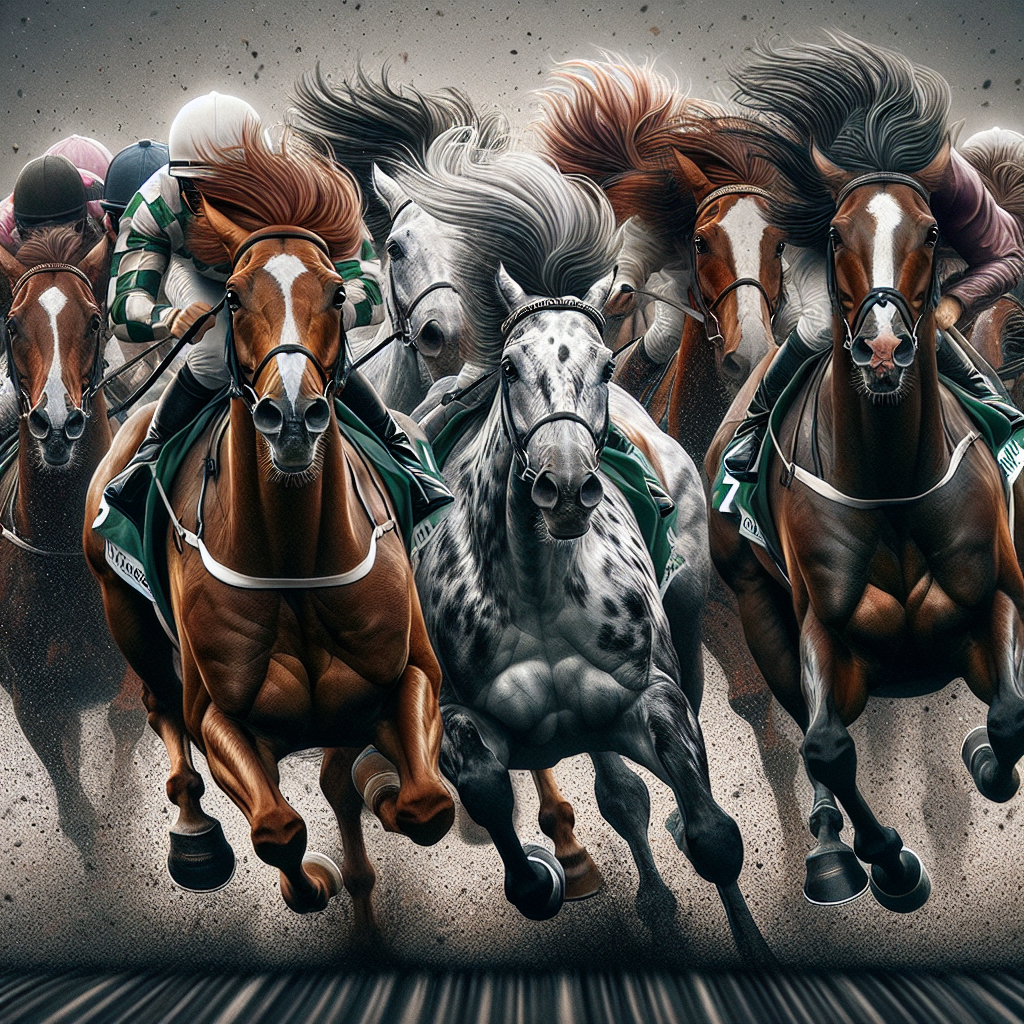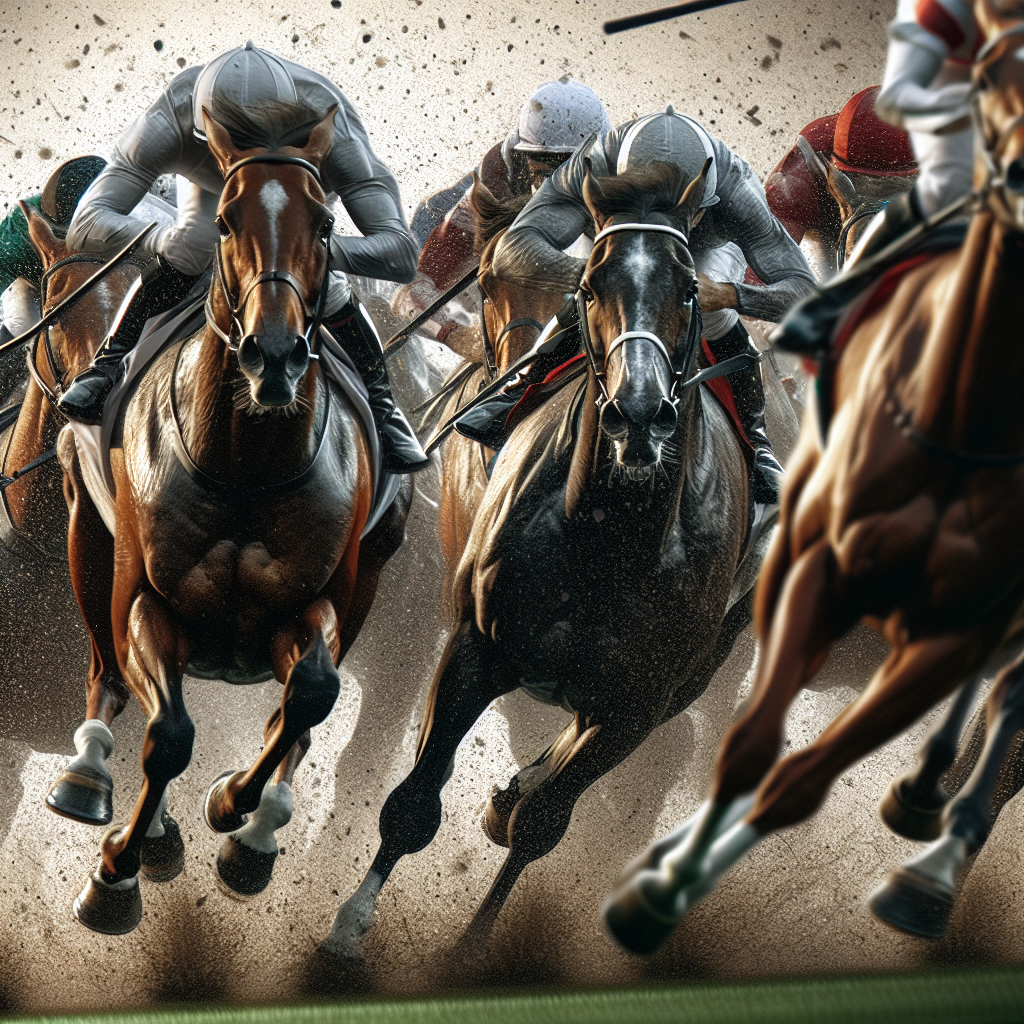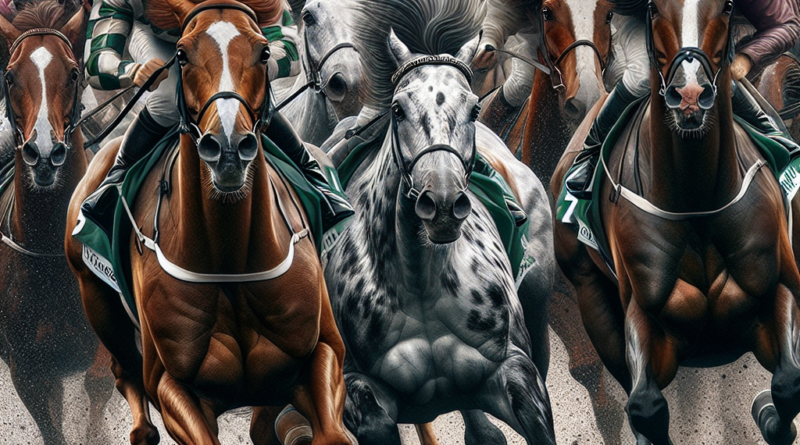What Is A “photo Finish” And How Is It Determined In Horse Racing?
In the exhilarating world of horse racing, there can be moments when the outcome of a race is too close to call at the finish line. That is when the term “photo finish” comes into play—a term that originates from an advanced technology deployed to decide the victor in a neck and neck race. This article seeks to demystify the phenomena behind the concept of a “photo finish” and unravel the methodical and disciplined process applied in horse racing to ascertain winners on such tight margins.

Understanding the Term ‘Photo Finish’
A “photo finish” in horse racing is a term used when two or more horses cross the finish line at almost the same time and spectators, along with officials, are unable to determine the winner with just the naked eye. It is called that because a photograph, taken by a finish line camera, is often used to accurately determine the winner of the race.
Origination of the term ‘photo finish’
The term originated from the technique of using finish-line cameras to capture the exact moment horses cross the finish line. It came into use in the early 20th century when races frequently ended with an extremely close margin that made it difficult to visually determine a winner. The camera, hence, became instrumental in settling such disputes, leading to the coining of the term ‘photo finish.’
International usage and interpretation
‘Photo finish’ is now a universally recognized term across the field of racing worldwide. While its origin lies in horse racing, it is also used across other forms of speed racing like athletics, car racing, and cycling to refer to extremely close finishes. It is almost universally interpreted to mean an exceptionally close result where clear differentiation is difficult without detailed analysis or review.
Mechanics of a Photo Finish
A photo finish, while visually thrilling, is no simple thing. It demands a finely honed system working in tandem.
Working of conditions for a photo finish
A photo finish situation arises when two or more horses cross the finish line at almost the same time creating ambiguity about the winner. While fruitful for excitement, it requires intervention from technology and officials to decide the final result.
Use of technology in determining a photo finish
Technology plays a significant role in resolving a photo finish. High-speed cameras capable of capturing many frames per second are installed at the finish line. These cameras are triggered as soon as the leading horse crosses the finish line. The resultant images are used to accurately determine which horse crossed the finish line first, resolving any potential disputes.
Role of Cameras in a Photo Finish
Cameras play the central role in determining a photo finish.
Identification of winning horse with camera
The high-speed cameras employed at the finish line can help identify the winning horse by capturing a sequential series of photos at the exact moment the horses cross the finish line. From these photos, it can be clearly seen which horse’s nose first broke the plane of the finish line.
Placement and alignment of cameras in horse racing
Camera placement is critical in capturing accurate photo finishes. Cameras are generally mounted on the inner rail of the track, aligned perfectly with the finish line. Using a photo chart and sometimes even video for verification, officials can then clearly determine the results.

Role of Officials in a Photo Finish
While technology does much of the heavy lifting, human involvement remains paramount.
Responsibility of stewards in a photo finish
Stewards or race officials carry the responsibility of determining the winner in a photo finish situation. Once the images from the finish line cameras are made available, it’s the stewards who analyse them to decide which horse crossed the line first.
Procedure followed by officials during a photo finish
In the event of a photo-finish, the stewards must follow a specific procedure. Firstly, they review the images captured by the finish line camera, and often slow-motion footage of the race, to determine the placing of each horse. If the result is still unclear, they might check the secondary camera view. Once they have reached a consensus, they report their decision as the final and official result of the race.
Evaluation of a Photo Finish
Documenting and assessing a photo finish require rigorous methodology.
Determining factors for a photo finish
A variety of factors are considered when evaluating a photo finish. Among these, of course, is which horse’s nose crossed the finish line first. However, the horse’s position relative to the rail, their stride and how their body is angled can also come into play.
Process of evaluating a photo finish
The evaluation of a photo finish is a meticulous process. It involves the careful review of both the photo-finish strip image and individual high resolution photo images taken by the finish line cameras. careful attention is given to the timing of the photo, position of the horses, and the sequence in which the horses crossed the finish line. These collective analyses help officials determine the winner.
History of Photo Finishes in Horse Racing
The concept of a photo finish has a rich history in the world of horse racing.
Early manual methods before the advent of technology
Before the advent of the camera, close finishes were determined manually. Judges used their best judgement to decide which horse crossed the line first, but this often led to disputes and inconsistencies.
Impact of technology in photo finishes in the history of horse racing
The introduction of the photo finish camera proved to be revolutionary in the history of horse racing. It brought about a higher level of accuracy in determining the results and thus enhanced the credibility of the sport. It also added an element of excitement for spectators through the anticipation of a photo finish result.
Famous Photo Finishes in History
There have been many famed photo finishes throughout the history of horse racing.
List of historical and famous photo finish races
Historic photo finish races include Seabiscuit vs War Admiral in 1938, Affirmed vs Alydar in the 1978 Triple Crown, and Secretariat winning the 1973 Belmont Stakes.
Story and result of mentioned famous races
Each of these races demonstrates the thrill and suspense of a photo finish. In the 1938 match between Seabiscuit and War Admiral, for instance, Seabiscuit won by just a few lengths in a highly anticipated race. Similarly, Secretariat’s 1973 victory was marked by an incredibly close finish, making the race go down in history as a prime example of a photo finish.
Controversies Related to Photo Finishing
Photo finishes in horse racing have seen their fair share of controversies.
Instances of controversies caused by photo finish
Conflicts have arisen when results were too close to call or when different cameras captured different winning horses. In recent years, with the explosion of betting and the money riding on each race, such controversies have created uproar among punters.
Impact of these controversies on rules and practices of horse racing
Controversies have led to significant changes in the rules and practices of horse racing. They have made it necessary to have more than one camera, upgrade to high frame-rate cameras, and revise the way the images are studied and interpreted.
Improvements & Future of Photo Finishes in Horse Racing
The future holds promise for even more precision in photo finishes.
New technologies improving accuracy of photo finish
Technological advancements are being embraced to improve the accuracy of photo finishes. For instance, digital photo-finish cameras and turf-tracking technologies offer higher precision and reliability. They also provide faster results, which is beneficial for race organisers and spectators alike.
Predictions about changes in determining photo finishes in the future
Given the progress in technology, it’s expected that methods of determining photo finishes will continue to modernize. More sophisticated cameras and software might be employed to make photo finishes more accurate and quicker to determine.
Importance of Photo Finish in Horse Racing
The impact of a photo finish in horse racing is manifold.
Significance of photo finish in decision-making
The role of a photo finish is crucial in deciding the outcome of a race. It ensures fairness and accuracy, leaving no room for human error or bias. This precision is important for maintaining the credibility and integrity of the sport.
Impact of photo finish on betting and spectators
For spectators and punters, the anticipation of a photo finish adds another layer of excitement to the race. Suspense builds as everyone waits for the official decision, making the eventual reveal of the winner a thrilling climax. Thus, a photo finish contributes significantly to the spectator appeal of horse racing.

